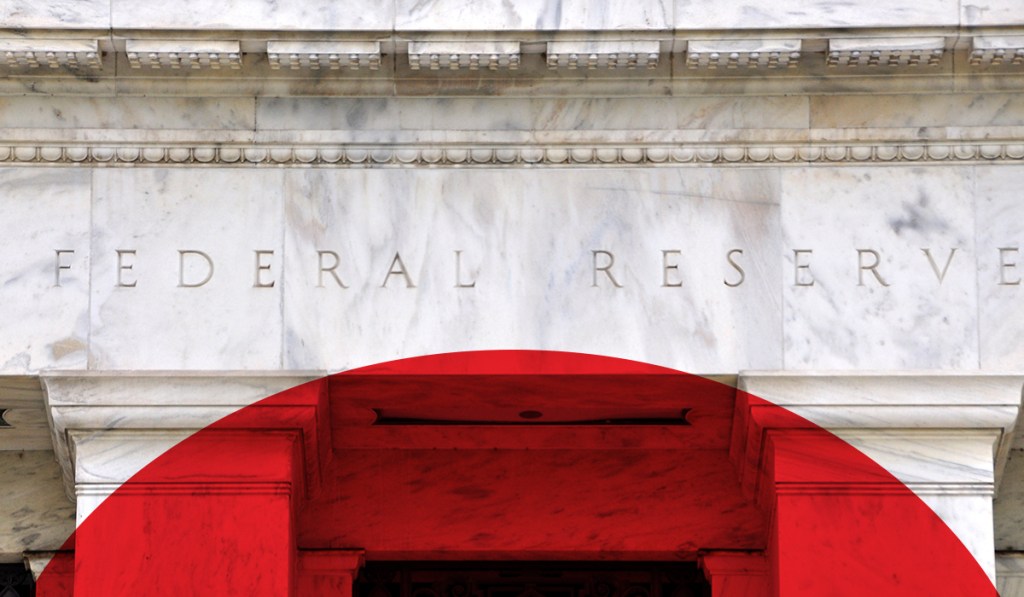As broader economic events have taken center stage since last summer, the market has grown increasingly volatile. The Federal Reserve’s ongoing war against inflation remains a source of uncertainty for interest rates and for broader financial markets. It has also increased the likelihood of a modest recession later this year.
Although rates have ebbed from over 7% earlier this year to below 6.5% recently, the cost of borrowing is still significantly higher than it was in 2021 or early 2022. This, together with several noteworthy bank failures, dwindling personal savings accounts and increasing debt utilization, has impacted homebuyer demand, which continues to run below both the 15-year highs of 2021 and the pre-pandemic numbers from 2018 and 2019.
This weakness in homebuyer demand and the ongoing purchasing power impact of higher interest rates has also begun to show up in home prices, which are down on a year-to-year basis for the first time in over a decade.
However, many of the homes sold during the past three years were concentrated in higher-priced segments, which exaggerated home price growth as prices were rising and is now exaggerating the declines as sales of multi-million dollar homes begin to normalize.
However, the recent softness in home prices has raised questions about whether this is, “2008 all over again!” But, despite the undeniable shift in the market after running so hot during the pandemic, many of the ingredients needed for a flood of foreclosures or precipitous price declines look much different than they did a decade ago.
This article is part of our ongoing 2023 Housing Market Forecast series. After this series wraps, join us on May 30 for the next Housing Market Update Event. Bringing together some of the top economists and researchers in housing, the event will provide an in-depth look at the top predictions for this year, along with a roundtable discussion on how these insights apply to your business. To register, go here.
Mortgage underwriting standards were much tighter for the past decade than in the era preceding the 2008 financial crisis. The average FICO score for a new mortgage has averaged more than 700 for the past 10 years consecutively.
Inventory was so tight that homes often went to buyers with large down payments or even all-cash offers. The vast majority of new mortgages were fixed rate loans that were originated or refinanced at the lowest rates of all time. And due, at least in part, to this lock-in effect from a predominance of low-rate mortgages, inventory is still very tight and getting tighter each week.
This represents a significant differentiating factor from the last housing cycle. Back when prices were falling by as much as 50% or 60%, California was at nearly 18 months of housing supply as REOs and short-sales flooded the market. In March 2023, it was just 2.2 months of supply, which is the lowest level in roughly 20 years outside of the pandemic housing crunch.
So what does this all mean for housing in 2023 as we move into the home-buying season and second half of the year? We should expect the number of transactions to remain tepid: demand has taken a breather in the face of higher rates and we do not have enough inventory to support a rapid rebound in home sales.
However, the labor market has yet to falter and despite higher interest rates, the level of rates themselves are not particularly high by historical standards. It is likely that the bigger concern moving forward won’t be, “where are the homebuyers?” but rather, “where are the homes to put them in?” Through that lens, the outlook for prices looks much different than it did during the last cycle.
Although prices are expected to remain relatively soft, we’ve already seen the market heat right back up each time rates approach 7% and then fall back down again. It is reasonable to assume that the extremely low inventory that will prevent home sales from bouncing back quickly will also be the primary factor that prevents more significant price declines from materializing this time around.
This column does not necessarily reflect the opinion of HousingWire’s editorial department and its owners.
To contact the editor responsible for this story:
Brena Nath at brena@hwmedia.com





